Does Wearing a Wig Prevent Hair Growth?

It is a common question for people who are new to wig-wearing, "Does Wearing a Wig Prevent Hair Growth?" Our natural hair is very precious and We don't want to lose more when wearing a wig.
The answer is "No" with proper care. Normally, wearing a wig won't stop your hair growth. But if you can't take good care of your natural hair under the wig, wearing a wig can damage your natural hair quickly and affect the growth of your natural hair. Don't worry, we've put together some tips on how to protect your natural hair and scalp under a wig.
The issue is very important to women people who are suffering from hair loss, balding or bad hair. Are you one of them? If yes, please read below to find the solution.
Before diving into the tips to protect your natural hair and scalp under a wig, let's figure out if wearing a wig can help your natural hair growth.
Benefits of wearing a wig
1. Protect your natural hair from heat styling

First and the most important benefit of wearing a wig is saves your natural hair. Wearing a wig is a protective hairstyle to save your hair from heat-styling appliances whether you are working with a human hair wig or a synthetic hair wig. So for people who have delicate hair, a wig is a great way to protect your hair and reduce the risk of damage and breakage.
2. Hiding thin hair
Hair loss is a common problem most of us face now. Wearing a wig can hide your thin hair and make you feel more secure and confident when you enter the crowd and instantly giving you those enviable locks.
3. Giving you a natural looking

When it comes to wearing a wig, a human hair wig is recommended for a long-lasting and realistic appearance. There are many different types of wigs in the hair market, ranging from lace wigs to non-lace wigs, natural black color to ombre color. Choose a color close to your natural hair or an ombre color that can blend well with your natural hair.
4. Convenience to wear

With the development of the wig industry, besides lace wigs, more and more "easy to wear wigs" come out, like headband wigs, v/u part wigs, and even pre-cut lace wigs. No glue or gel is needed to finish the installation, extremely friendly for beginners.
5. Endless hairstyles

Wigs can change your hairstyle in an instant without making any permanent changes to your existing hair. You can wear a bob wig today and get a brand new long pink wig tomorrow. In addition, human hair wigs can be restyled as you like to match your outfit, like curling, straightening, or braiding, like your own hair.
How To Keep Your Natural Hair And Scalp Healthy Under A Wig?
1. Wash your natural hair Before putting on a wig
As we all know, preparing your natural hair is an important step before wearing a wig. With this washing process, you want to make sure that your natural hair is very clean and that there is no buildup from previous products that can cause hair breakage.

If you do not wash your natural hair before putting on a wig, products, sweat, and dirt create build-up on your scalp that aggravates dandruff, increases the risk of scalp acne, and even leads to scalp inflammation. For daily washing, it is of course very important to use a suitable shampoo. For example, you need a shampoo that is mild but strong enough to do the job.
To get the best of both worlds, we wholeheartedly recommend using a sulfate-free shampoo to keep your hair fresh and clean, removing dirt without stripping moisture.
2. Natural Hair Moisturizing
It's critical to moisturize natural hair, especially for women who have 4c hair texture that is easy to get dried. And because of the curly pattern of natural hair, the scalp's natural oil can often have a harder time flowing through the hair strands, which usually leads to hair breakage. Therefore, use some Deep Condition Natural Hair Oils before braiding your natural hair to moisturize it.

Combs and wig clips also cause breakage and friction. So, you'd better apply powerful leave-in conditioner evenly to your natural hair and then blow dry, which can protect hair from heat and add enough shine without making it slippery and difficult to weave. Once your hair is braided, use a serum to lightly coat your locks to further reduce friction and frizz caused by clips and wig caps.
3. Prepare your hair while wearing a wig

Defender of braids or twist under a lace wig? It is easy to work with and can help you flatten your wig for a more natural look. Plus, it's a great protective style for your natural hair. More importantly, it can last for weeks, meaning you're not over-manipulating your hair or encouraging breakage.
4. Ensure your natural hair dries completely before putting on a wig

To keep your natural hair under a lace wig, you need to make sure the hair is completely dry. Because wet hair under a wig is not only extremely uncomfortable but also promotes the growth of nasty bacteria. Even moisture mixes with body heat and additional heat from the layer of the wig, causing mold and bacteria to grow.
5. Put a wig cap underneath your wig

As an inexpensive and effective way to protect your natural hair, wig caps can act as a protective barrier between the wig and your hair, allowing your hair to sit perfectly under the wig.
6. Choose the right edges control

When styling baby hair, edge control is essential. Choosing the right edge control can protect your scalp and natural hairline. A thick edge control can clump up easily and can't lay your edges well. So opt for an edge control that contains oil, like tea tree or olive oil. Then when you wash it at night, you can use your finger to massage it to stimulate growth.
7. Frequently wash your scalp and hair
You should clean your hair and scalp regularly, but be careful not to wash too often as this can lead to excessive dryness or oiliness. Just like your body tries to overcompensate for a lack of moisture. We recommend washing your natural hair every 10 days and then adjusting accordingly depending on how hot or sweaty your scalp is during the day. For example, if you exercise a lot and sweat a lot, you may need to wash your hair more often.
8. Clean your hairline before going to bed

If you prefer to use gels or strong adhesives to hold your wig on your head, it is very important that you thoroughly clean your hairline and skin every night. Because if these soft products are not properly removed, cracks and thin edges can occur. And to safely remove your lace front wig and product residue such as edge guard, mousse, gel, etc., we recommend applying a little alcohol as an ideal option for lifting your lace front wig that will not damage your lace front wig.
9. Remove the wig at night
Whether you're asleep or not, a wig that's too tight causes friction along the hairline and therefore leads to traction alopecia. Therefore, be sure to take off your wig at night, especially when you are sleeping. If you take off your wig every day and want to preserve the quality of the braids underneath your wig, sleeping in a satin bonnet can protect your hair from frizz while you rest at night.
10. Give your scalp a break
Long-time pressure under a wig can make your scalp, you better give your natural hair and scalp a few days' rests. For example, when you're relaxing at home, choose not to wear a wig, instead giving it a good dose of air and sun, which can help keep your natural hair healthy.
11. Massage your scalp as often as possible

Wearing a tight wig on your head sometimes causes decreased blood flow to your scalp. So try taking your wig and massaging your scalp as this promotes healthy blood flow and helps your natural hair to grow under the headband wig.
12. Trim your natural hair regularly
Although you can wear a wig every day, you still need to get your hair trimmed regularly to get rid of split ends and damaged hair. In general, your hair should be trimmed every 6 to 8 weeks to keep it healthy and encourage growth.
Conclusion
So if you want to try a wig but are afraid to damage your natural hair growth, ensure to follow all the tips when wearing a wig, to protect your natural hair and scalp. Wish this blog can help you eliminate concerns about wearing wigs. Leave your comment here to communicate with us!





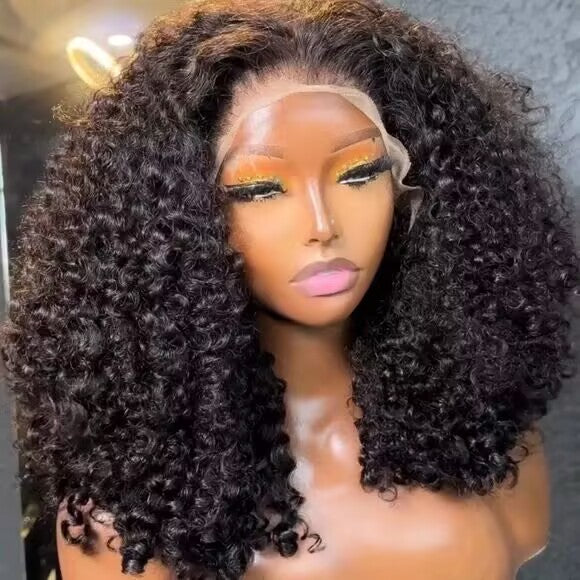
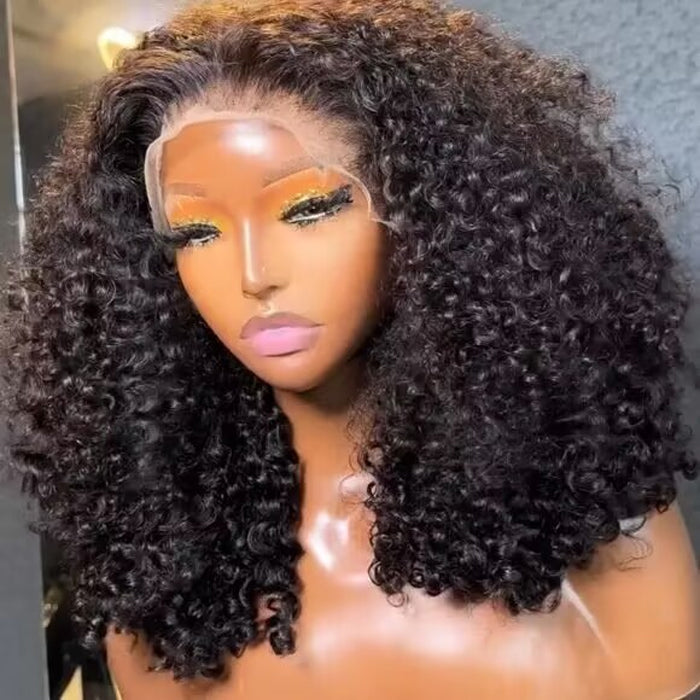







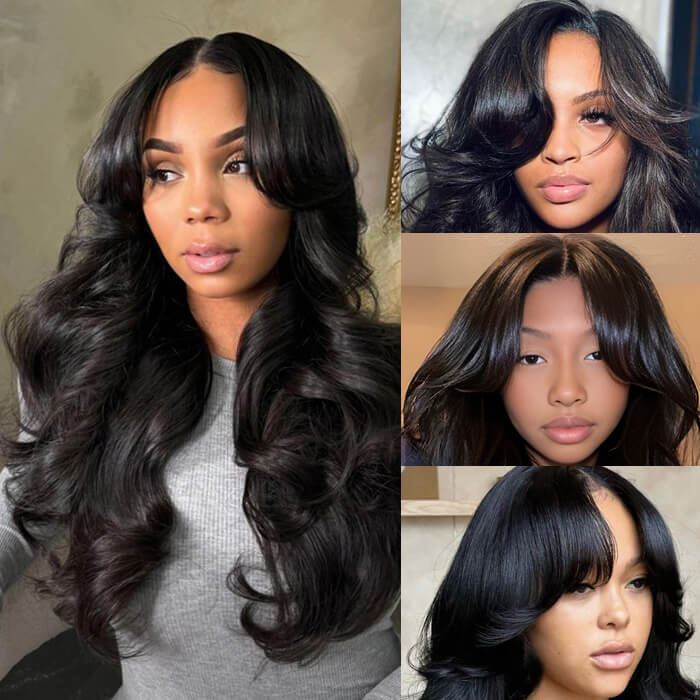


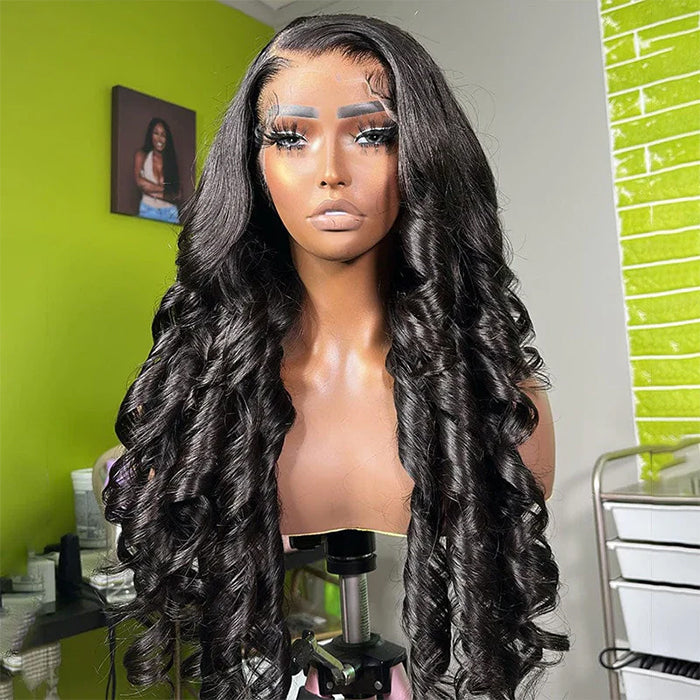

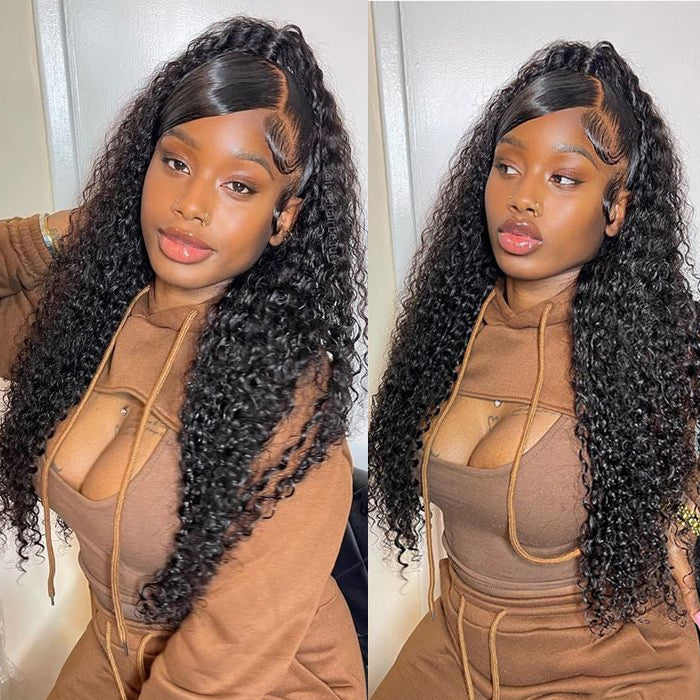

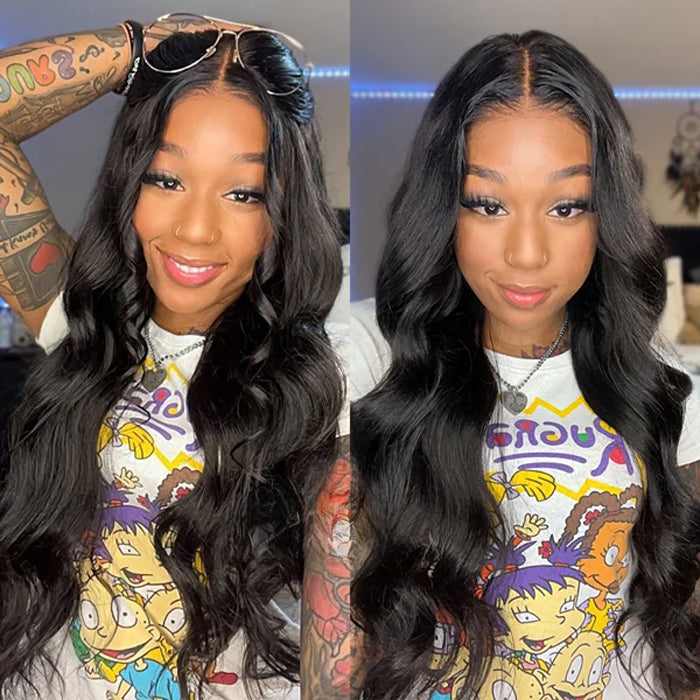
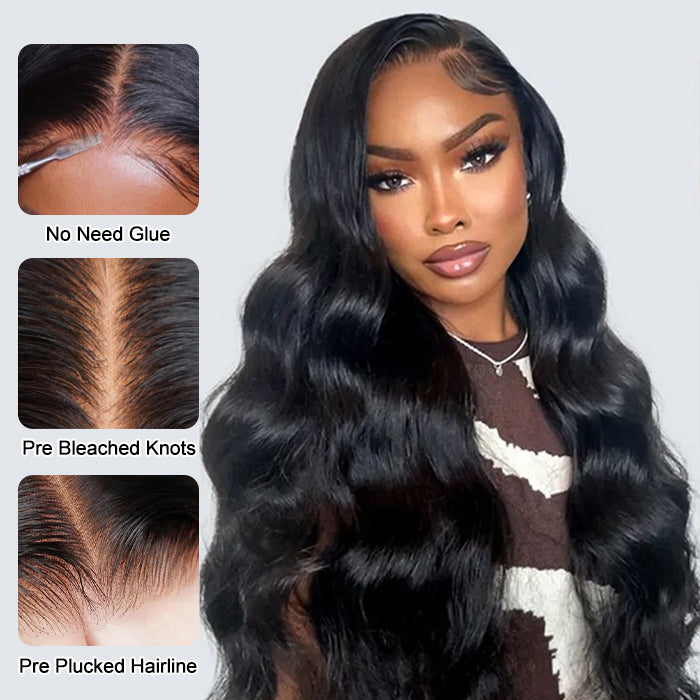
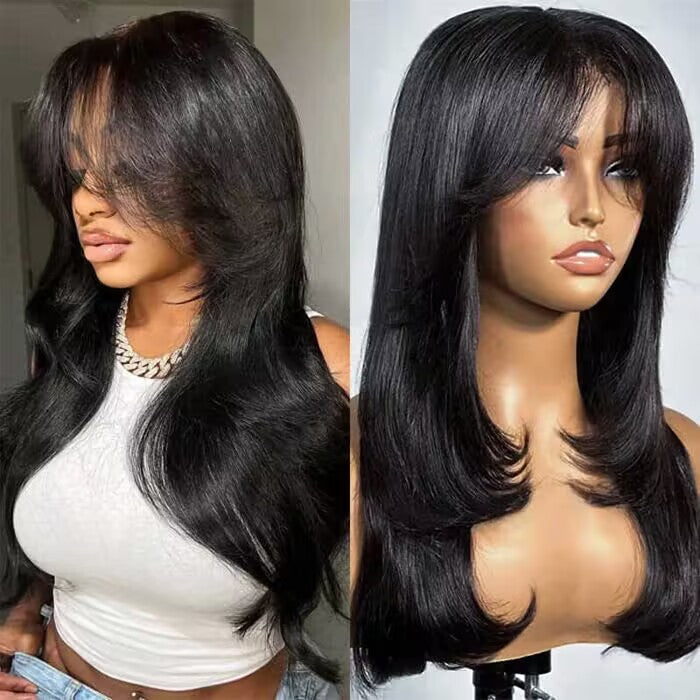
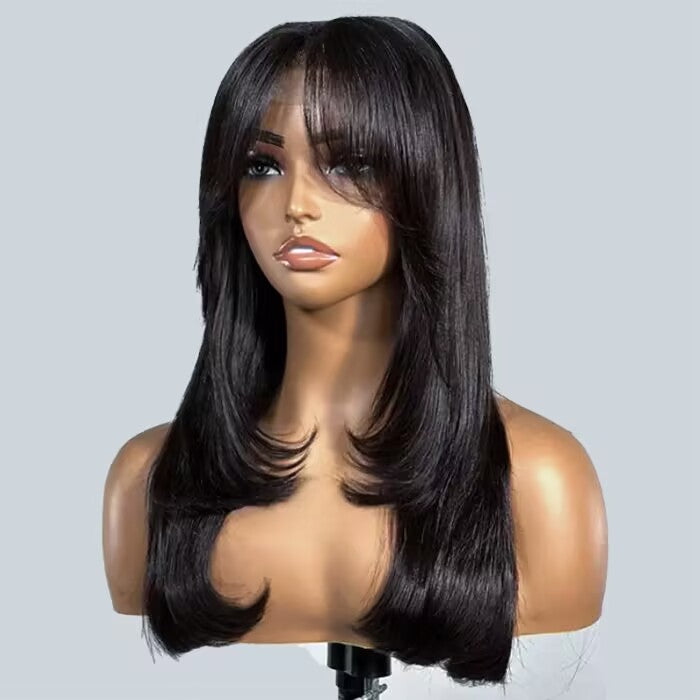
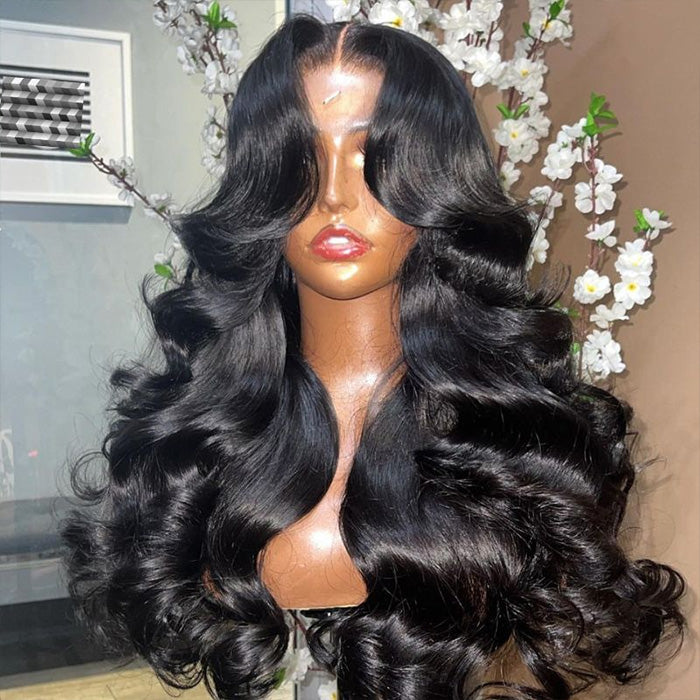
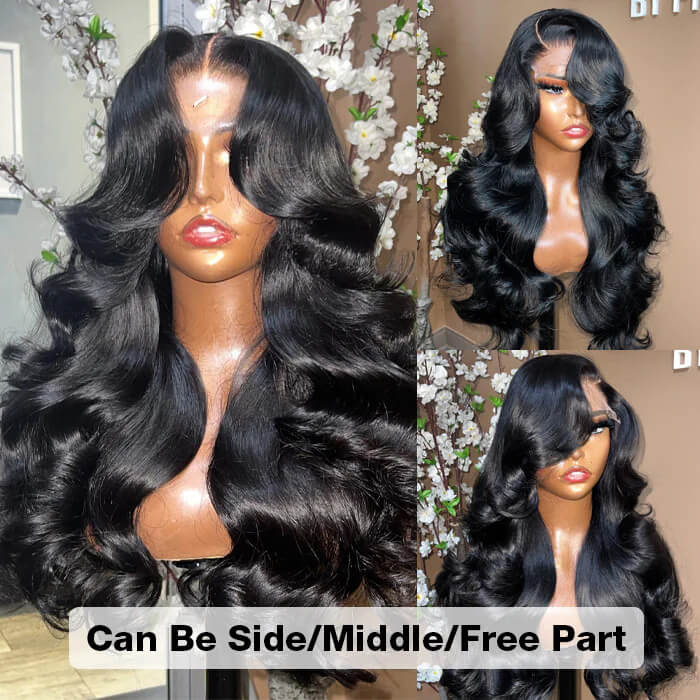
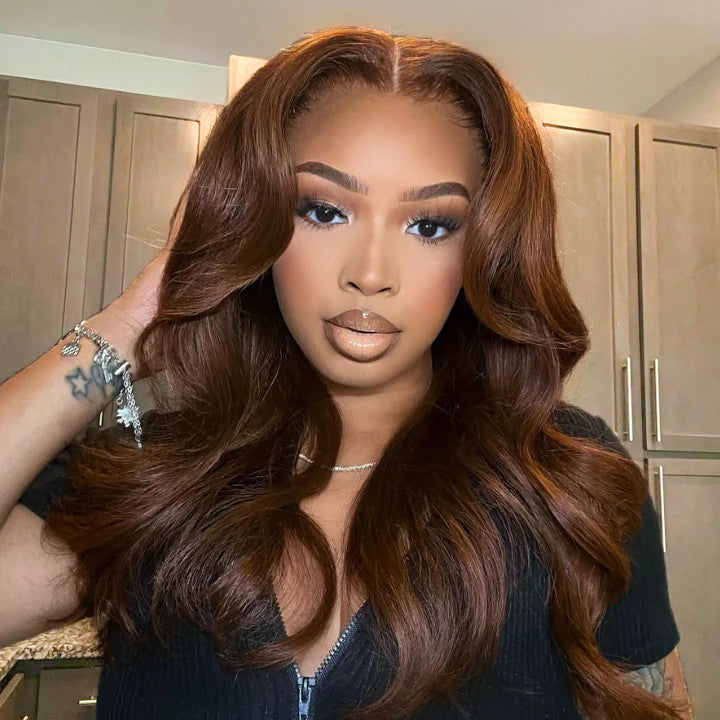

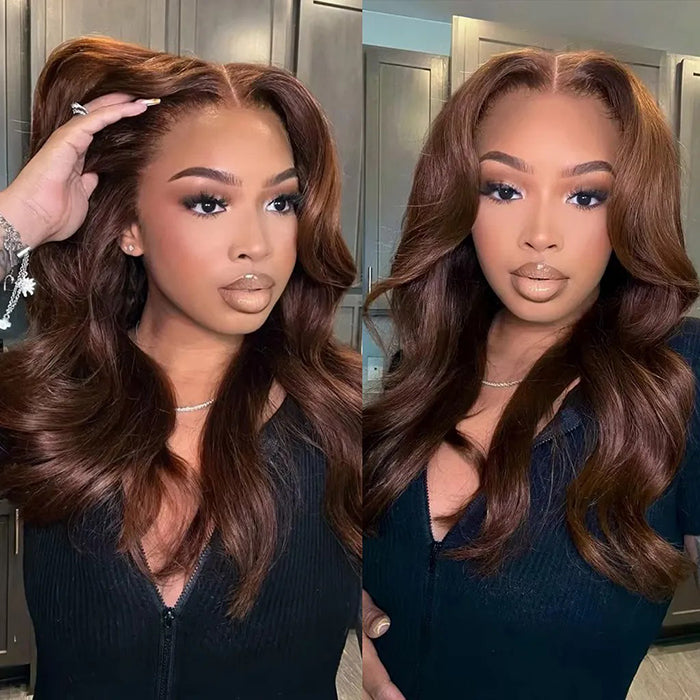

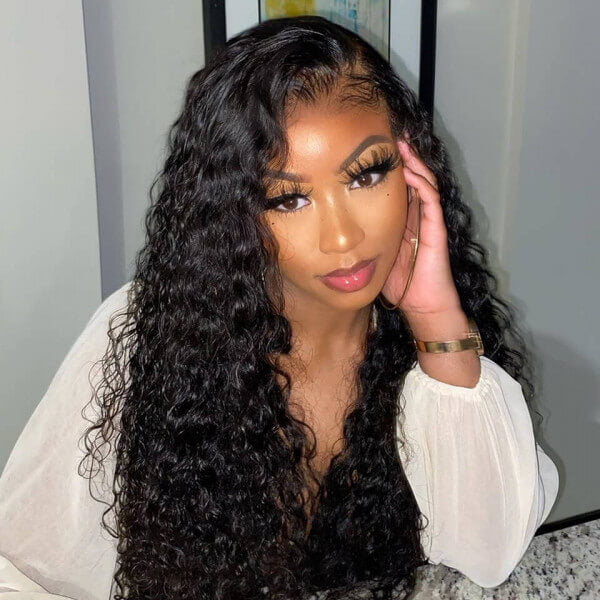

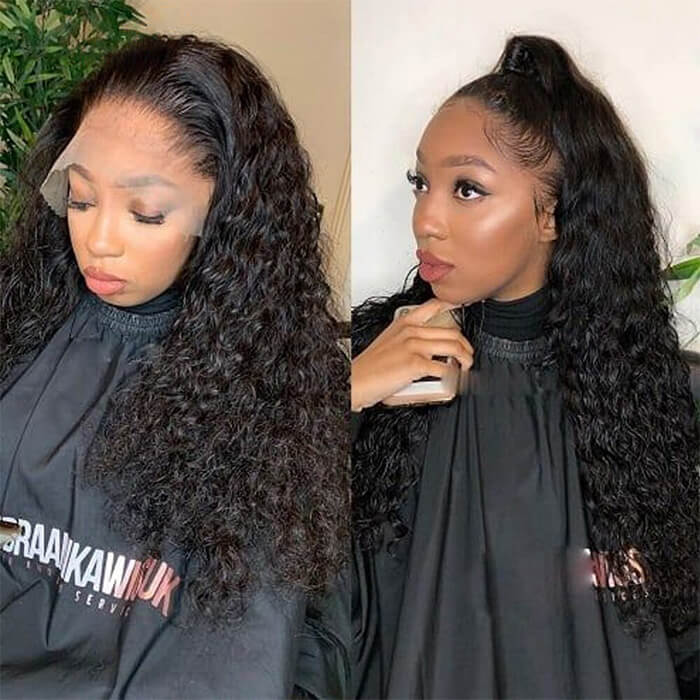
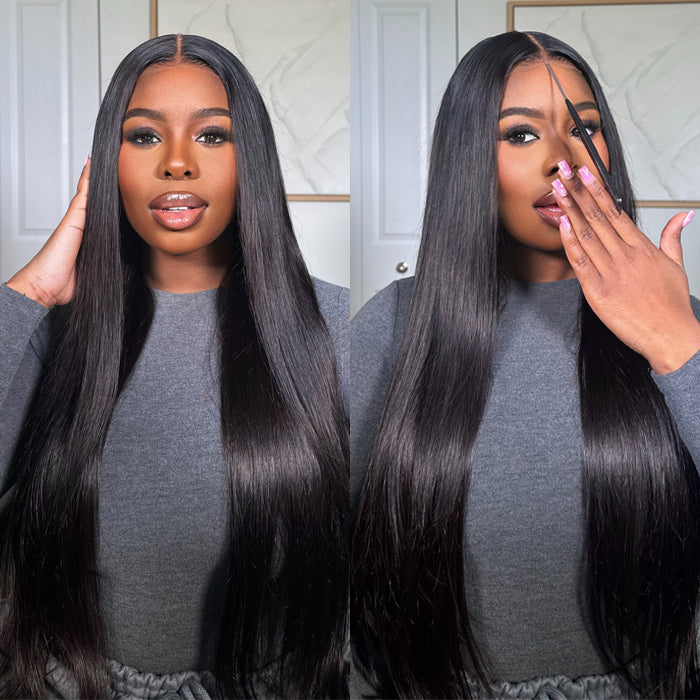
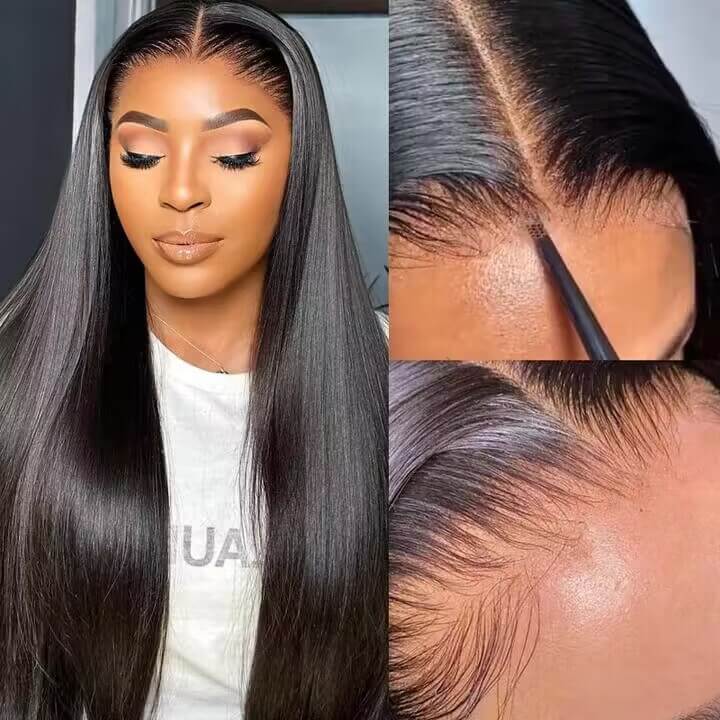
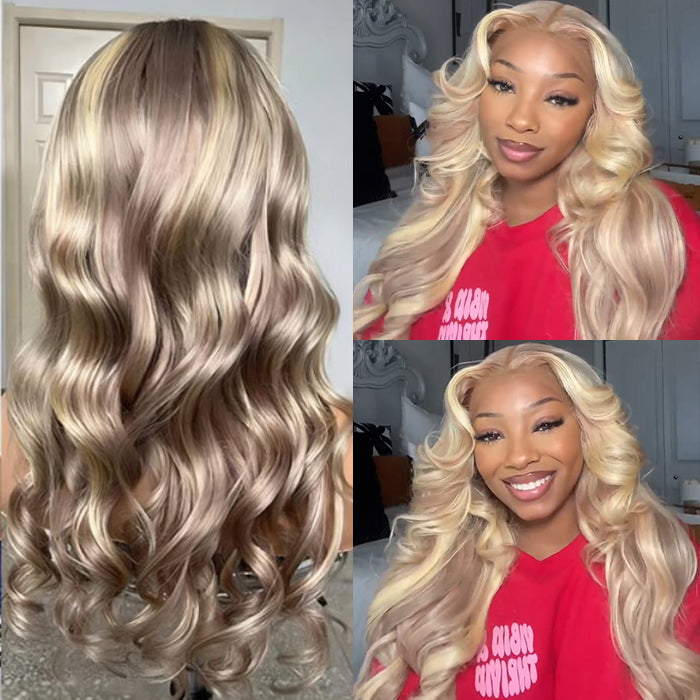
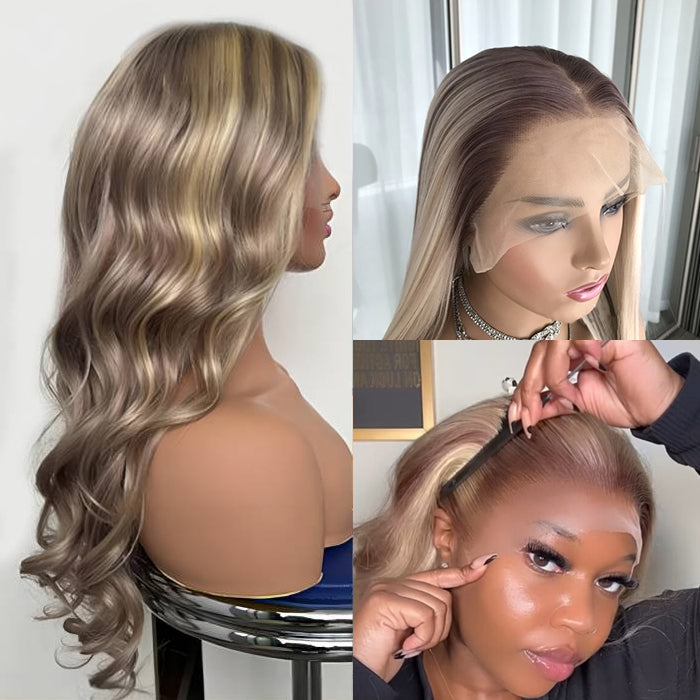
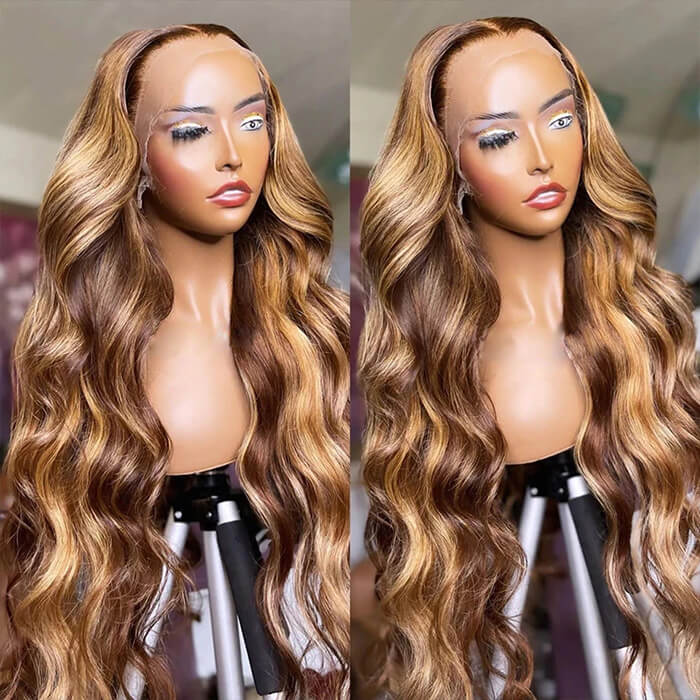
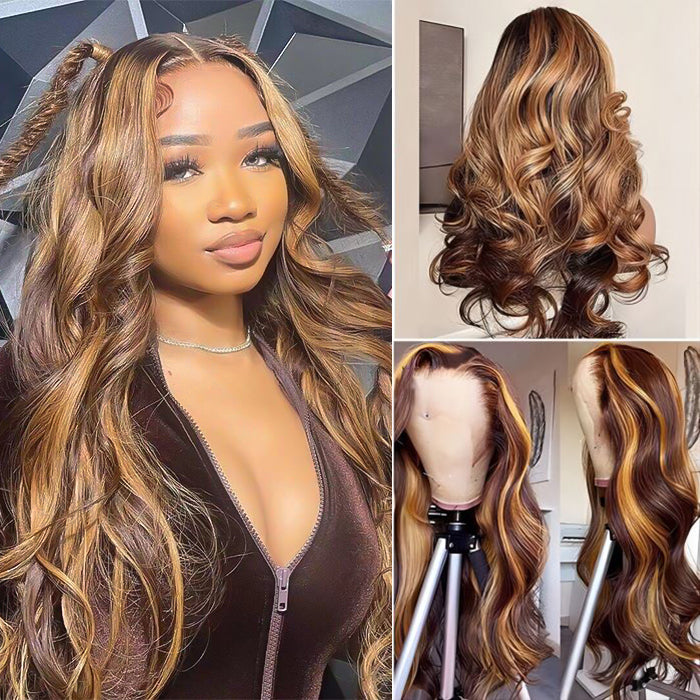
Leave a comment